You’re lucky enough that those adorable brown eyes chose you at the dog shelter. You fill out the paperwork and take her home. Her forms say she is a mixed breed; but you wonder what breeds her parents were?
In this article we have put together some top tips to help you figure out what breed your dog is and give you the skills to recognize most dogs walking along the street.
Whilst you will need an actual DNA test to accurately identify your dog’s heritage and breed, these handy tips will help you to identify most dogs by sight.
TABLE OF CONTENTS
How to Tell What Breed My Dog Is
From Adobe Stock
There were hundreds of breeds of dogs before we added the increasing number of designer breeds to that list.
Unless you work with dogs on a regular basis, it can be difficult to figure out exactly what breed is staring up at you. Thankfully, when we look closely there are some key things that give it away:
- Head
- Ears
- Coat
- Color
- Tail
Dog’s Appearance – Heads
A dog’s head is a helpful clue as there are three major skull type classifications for dogs:
- Dolicocephalic – These are long nosed, or rather long-headed breeds such as the Afghan Hound or the Collie.
- Brachycephalic – Brachy breeds are those flat faced, short muzzled breeds like the Shih Tzu, Pug, Boxer or French Bulldog.
- Mesocephalic – These are those guys somewhere in the middle like the Labrador retriever, the German Shepherd or Dalmatian.
Dog’s Appearance – Ears
Whilst still looking at their head, we can tell a lot from their ears. Some dogs have erect, pointy ears like the West-Highland White Terrier or German Shepherd.
Others have floppy ears like the Beagle or the Dachshund. Scent hounds tend to have long ears as they help to trap smells for them to follow.
Working, protective breeds tend to have erect ears as it would keep them safe (they would hear threats sooner). Historic swimmers would have ears lying flat to prevent water seeping into their ears.
Dog’s Appearance – Coat
Next we can look at their coat. Working breeds, who would be out in the elements tend to have a double coat. The downy undercoat would keep them warm and the coarse guard hairs would protect from the rain and/or snow.
Double coated breeds include the German Shepherd, Alaskan Malamute and Labrador. Terrier breeds have a wiry coat.
A wiry coat consists of a thick undercoat to keep them warm and a rough outercoat which traps dirt and water; keeping them clean.
The curly poodle coat made them more buoyant and as it’s only a single layer, it didn’t weigh them down when swimming. Smooth coats found on the greyhound or whippet contributed to their speed and ease of movement through the air.
Dog’s Appearance – Color
We can also tell a lot about a dog from their coloring. You may find bi or tri-colored dogs like in the Cocker Spaniel. They may be spotted like the Dalmatian. Some breeds are merle or dappled.
The Merle gene causes mottling or patches of color and you may find odd eye colors or different skin pigmentation. Dappling is very similar, but you will mostly find a dappled Dachschund.
Dog’s Appearance – Tail
Look at their tail, is it straight, short, curly, do they even have a tail? Working hunters often have their tails docked to prevent injury like terriers or spaniels.
Not only will their appearance give them away, but so will their behavior.
Dog’s Appearance – Summary
You may not be able to pinpoint characteristics specifically, you may just have an idea that they belong to a certain type of dog:
- Sporting dogs are active and alert; these include Labradors, Spaniels and Retrievers.
- Hounds are full of stamina; these include the Beagle, Basenji and Coonhound.
- Toy breeds are small in size but large in personality. They include the Affenpinscher, Havanese and Maltese.
- Those Herding breeds are intelligent and trainable but can have a tendency to herd small children! These include the Belgian Malinois, Border Collie and the Pembroke Welsh Corgi.
Test Your Skills – What Breed is My Dog Quiz
From Adobe Stock
Here, you may notice the ears straight away. The large ears suggest there may be Chihuahua in here somewhere. Look at the coat. It is wiry. It would be easily believed there is some terrier in here too.
From Adobe Stock
The coloring here could suggest a range of breeds; black and white is common. The clipped coat suggests regular grooming. It is also a single layer coat. The longer muzzle could suggest terrier origins. Could this be a Jack Russell Terrier crossed with a Poodle?
From Adobe Stock
The massively curly coat suggests poodle straight away! But look at how he stands. Also, look at the different colored coat on his legs. Could this be a Bedlington Terrier crossed with a Poodle?
From Adobe Stock
The coloring and the face mask shouts Belgian Malinois but those ears have a striking resemblance to a Patterdale Terrier?
From Adobe Stock
The coat length and stance here suggest Collie? But the black and tan coloring suggests German Shepherd? Could it be a Collie cross GSD?
From Adobe Stock
His coloring suggests Boxer? But look at the size of those paws? They look like Great Dane paws to us.
We can only consider what these dogs look like, and how their behavior resembles that of certain breeds. The only way to know for definite what breed of dog you have is to carry out a dog DNA test. DNA is what makes up the genetic code for every living thing. Each individual human or animal has a completely unique code.
DNA Testing to Identify Breed
Most Dog DNA tests consist of taking a cheek swab from your pooch and sending it for analysis. Tests generally cost around $60 dollars or more and can be done in the comfort of your own home.
There are a range of companies who offer Dog DNA testing, generally the more expensive the test, the more dog breeds the company have in their database. As with all database systems, accuracy will improve as companies collect more data. They will have more DNA strands to compare samples to.
Once you have ordered your DNA sample kit, you will take a swab from the inside of the cheek of your pooch. You will return the sample, as per the instructions in the kit and within 2-4 weeks you will have your results. The test will identify, where possible how much of a particular pure-breed exists in your dog.
Despite there not being any solid numbers stating how accurate dog DNA testing is, there are concerns that if a dataset just doesn’t exist in the database where the sample is being tested, then the information just won’t show up. In short, if your dog has a rare breed in them; rare enough to not be in the database, you’ll never know.
Conclusion
As much as it is relatively easy to spot a purebred dog, it can get more difficult if we are trying to identify the mix in our cross-breed pooch.
By looking at their appearance, their head shape and size, their ears, their coat type and style it is possible to identify potential breeds.
Not only that, they may behave similarly to certain breeds; digging like a boxer for example.
The only way to know for definite what breed of dog you have is to carry out a DNA test; that’s if their breed is included in the dataset of course.
But, we’re not sure if part of the fun is wondering and spotting certain features and nuances?
Let us know how you got on in our quiz and if you spot totally different features.
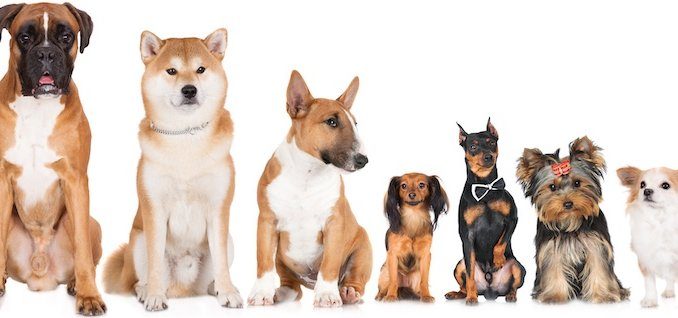
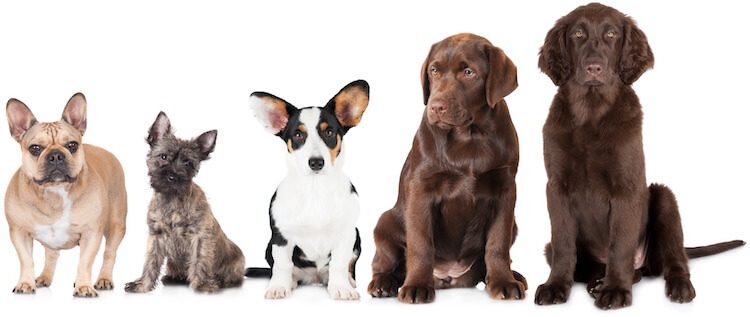
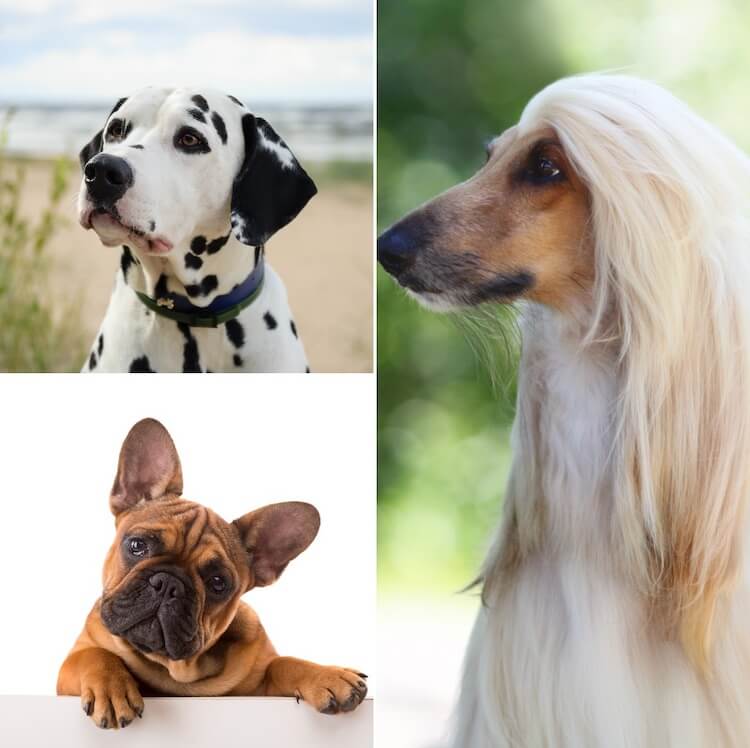
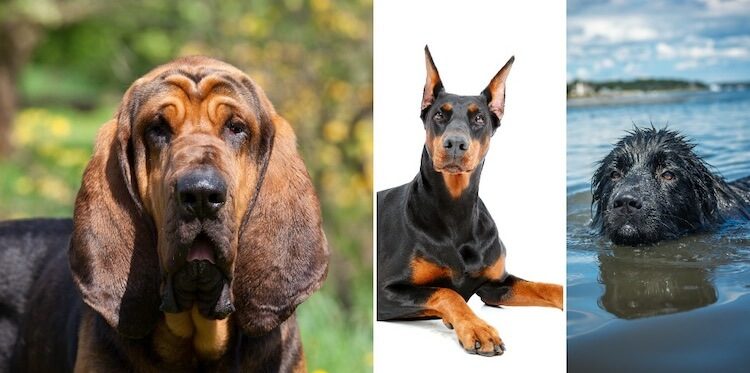
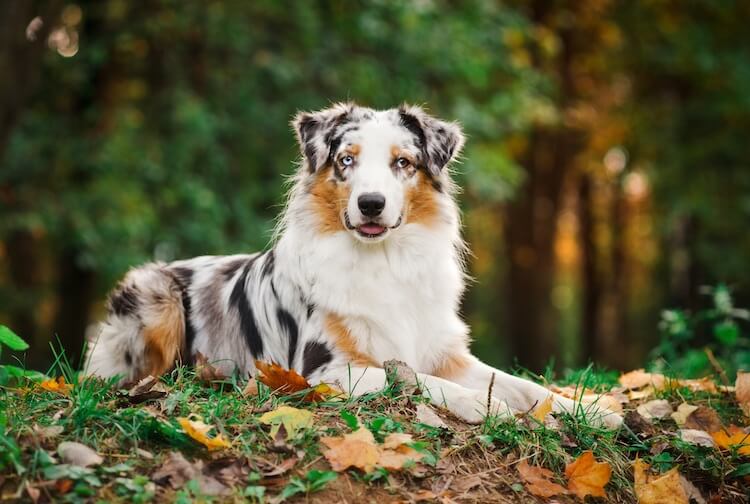
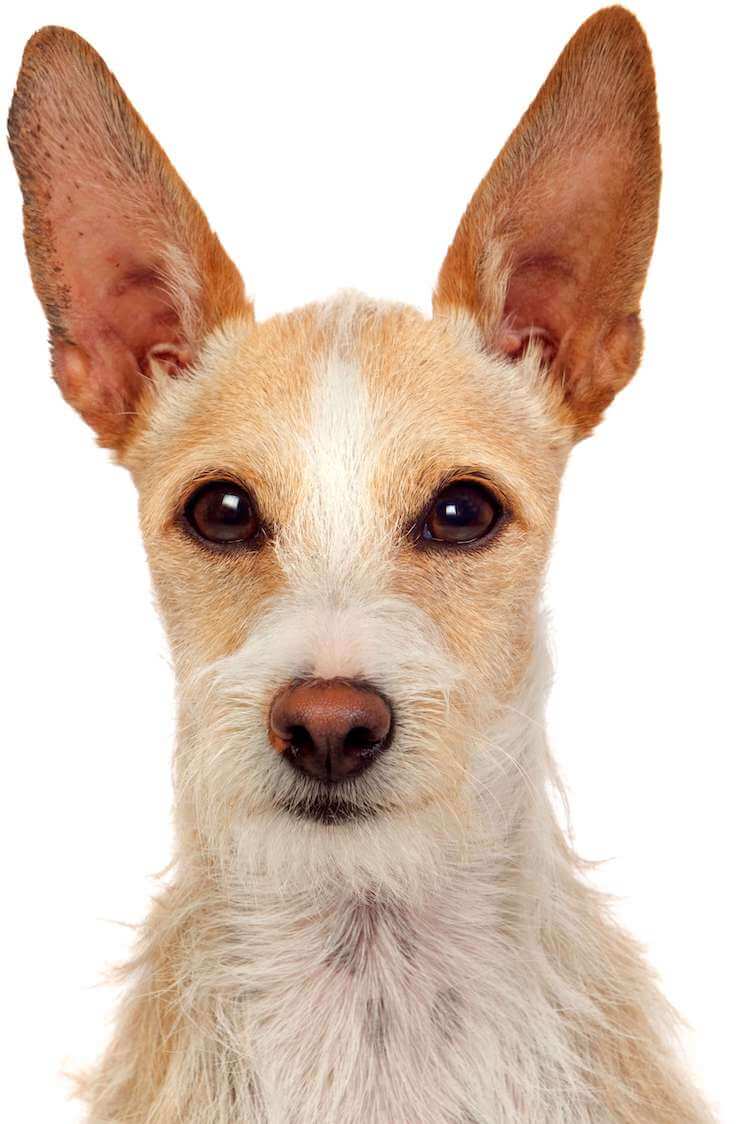
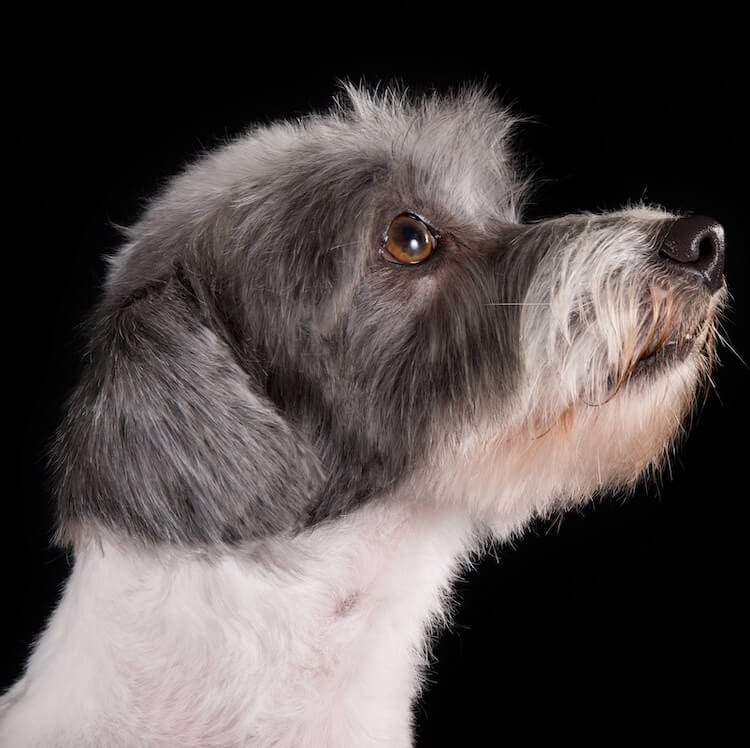
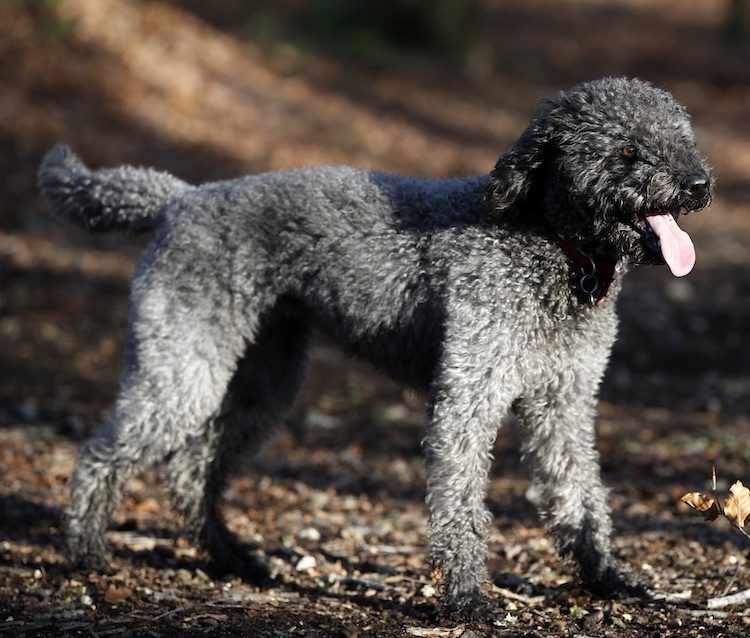
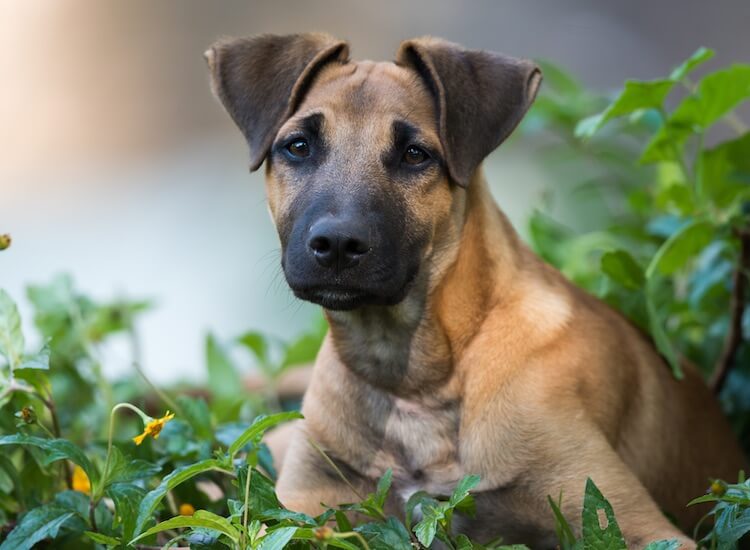
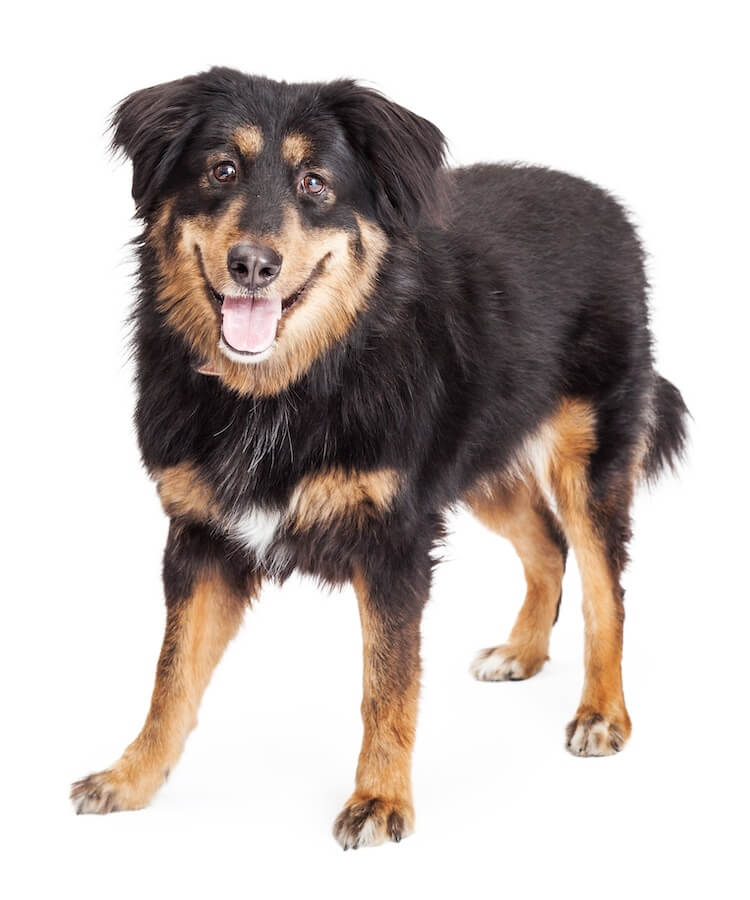



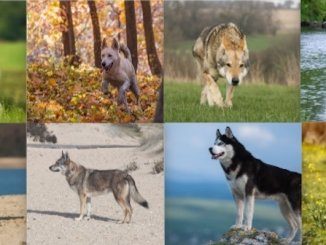
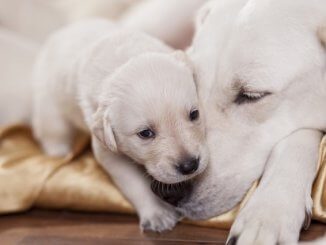
Very good lessons on dogs
I love it. It is educative.
Lovely article. Well written and informative. Wish more like this appeared on internet. Thank you, John, I enjoyed very much.
Loving your insight. This site has made my year, thank you.